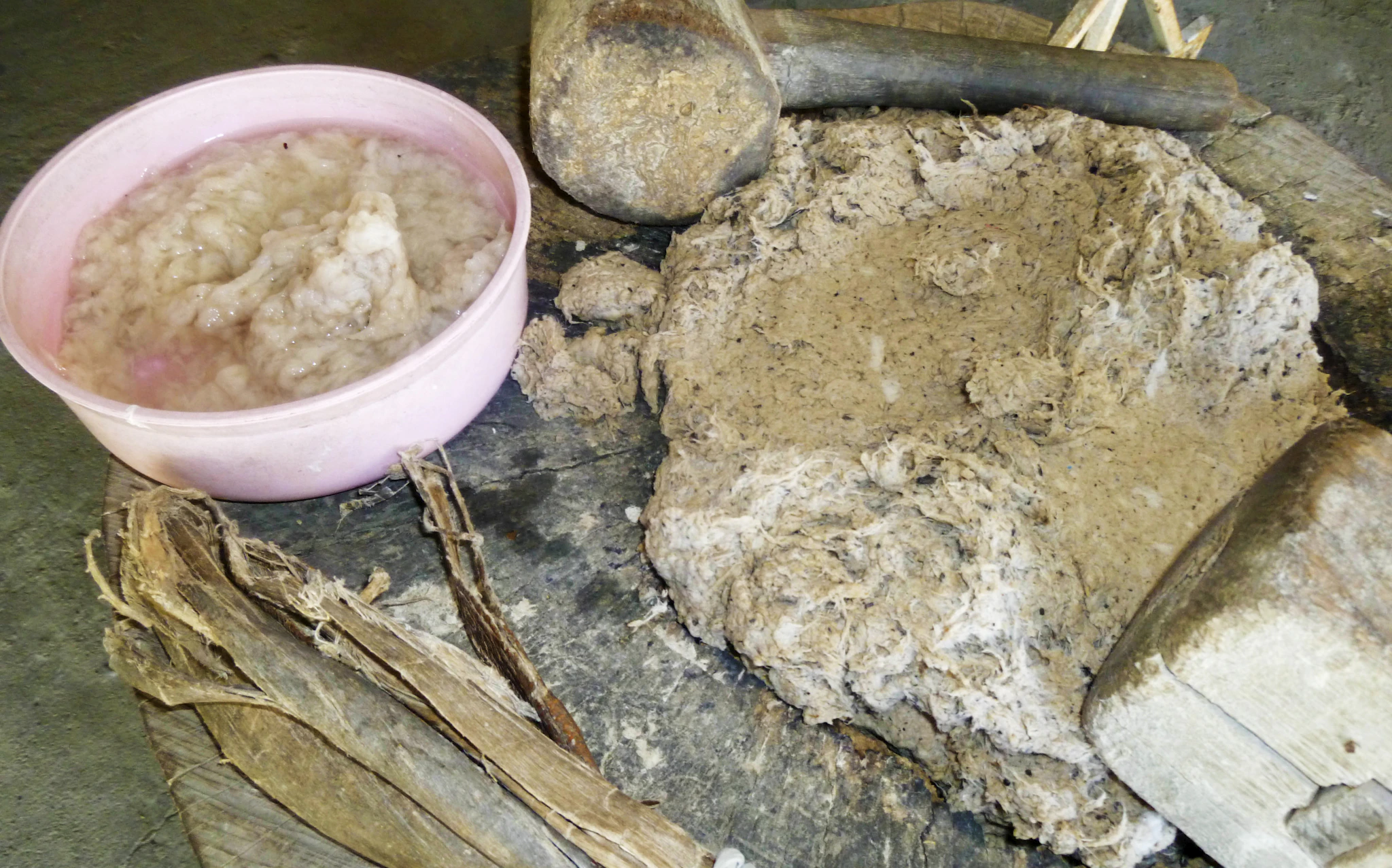Globally, scientists predict that up to 10 GtCO2 will need to be removed annually from the atmosphere by 2050. For companies setting their climate strategies, the Science Based Targets Net Zero Standard says that among carbon credits, only those representing carbon sequestration or ‘carbon removals’ are eligible toward a Net Zero claim, to neutralise remaining emissions once a company has reached their decarbonisation target.
While Gold Standard advocates first for focusing on avoiding emittance through the discontinuation of fossil fuel burning, we also support the longer-term need to build a pipeline for high-integrity carbon removals.

We are therefore pleased to announce the publication of two new carbon removal methodologies that meet Gold Standard best practice principles for environmental integrity and sustainable development. One nature-based solution, the other tech based, reflecting the two key ways of removing carbon dioxide from the atmosphere.
These methodologies build on the already established Afforestation/ Reforestation methodology and Soil Organic Carbon Framework. We will continue to expand our efforts on land use solutions and tech-based removals to support high quality carbon removals that can scale.
Companies looking to source the highest impact credits for their beyond-value chain climate action should look out for the first projects to be certified against these new methodologies later in 2022.
This new Soil Organic Carbon (SOC) Activity Module developed by Soilfood Oy allows European-based pulp and paper manufacturing to reduce waste and remove carbon from the atmosphere by processing and recycling the mill sludge from industrial operations. What would otherwise go to landfill or be incinerated is used to enhance soil organic matter in agriculture systems, which beyond biologic sequestration, helps improve soil quality, increase soil pH, and provide nutrients for better productivity.
Currently, demolished concrete is crushed into concrete aggregate before it is either used as a substitute to gravel and sand or sent to landfill. This new tech-based carbon removal methodology developed by neustark facilitates CO2 sequestration in demolished concrete using either direct or indirect mineral carbonation before it enters downstream processes.
